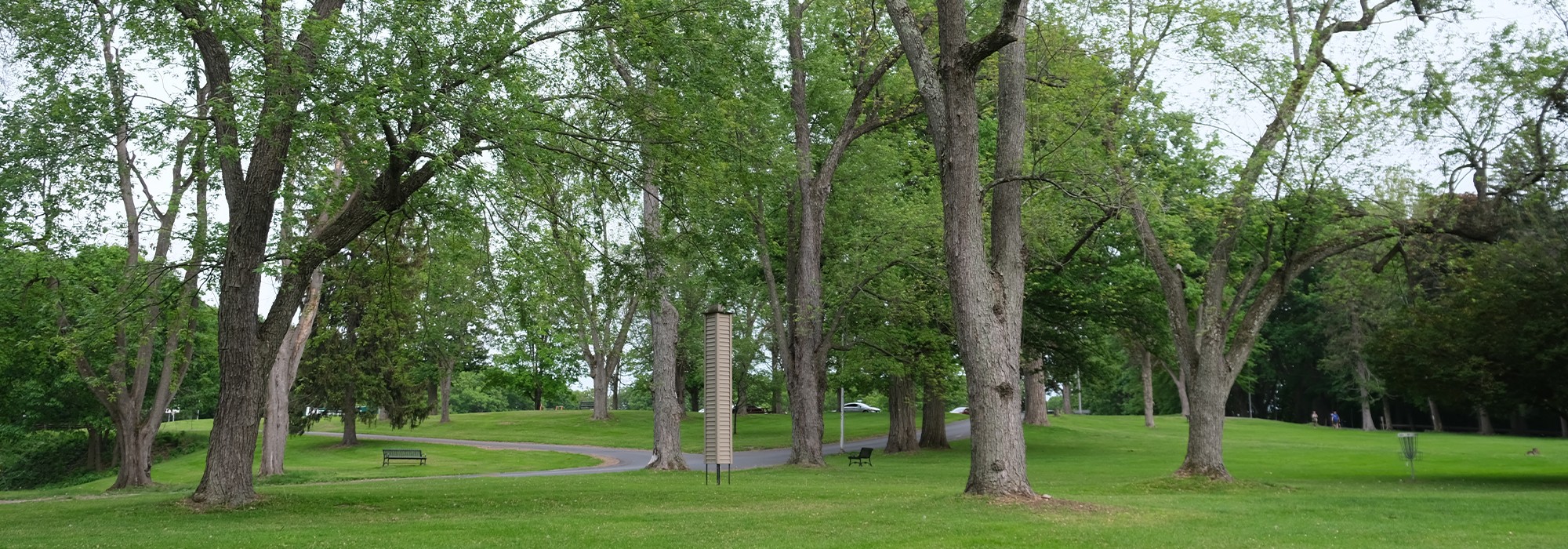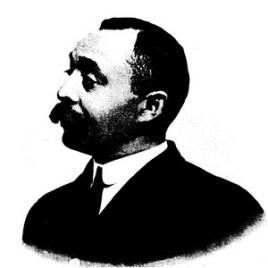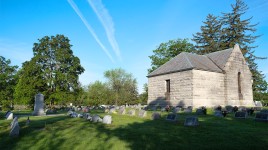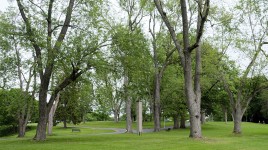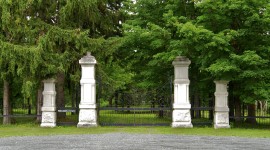Pioneer Information
Born in Troy, New York, Baltimore graduated from Rensselaer Polytechnic Institute in 1881 with a degree in civil engineering, one of the first African Americans to earn a bachelor’s degree from the university. He began his career as an assistant engineer on the Albany and Greenbush Bridge across the Hudson River, subsequently working for companies specializing in railroads and waterworks. In 1887 Baltimore was appointed assistant engineer with the state canal system, supervising work on Long Island and in upstate New York. Returning to Troy in 1891 as assistant engineer with the city’s Public Improvement Commission, he was charged with improving water service, sewers, and street paving. Over the next decade, Baltimore consulted on parks and cemeteries in several upstate New York cities, including Glens Falls, Amsterdam, Johnstown, and Gloversville, and in Brattleboro, Vermont. He is also credited with the designs of Graceland Cemetery in Albany, Greenwood Cemetery in Rye, and Forest Park Cemetery in Brunswick.
By the turn of the century, Troy’s leadership saw the need for a new, substantial park for the city’s growing population, to be located on the site of two former private estates. Having eloquently advocated at a public hearing for the project eventually known as Prospect Park, Baltimore was hired for the 80-acre site as its landscape engineer in 1903, designing and overseeing the construction of the park including its roads, paths, drainage, and two rustic lookouts offering sweeping, panoramic views. Inspired by a tour of parks throughout the Northeast, Baltimore designed the park in a Picturesque style, where curvilinear paths navigate a series of open lawns and woodland enclaves. Baltimore passed away at age 87 and was buried with his wife in the family plot at Oakwood Cemetery, where he served as the landscape engineer for 30 years.



